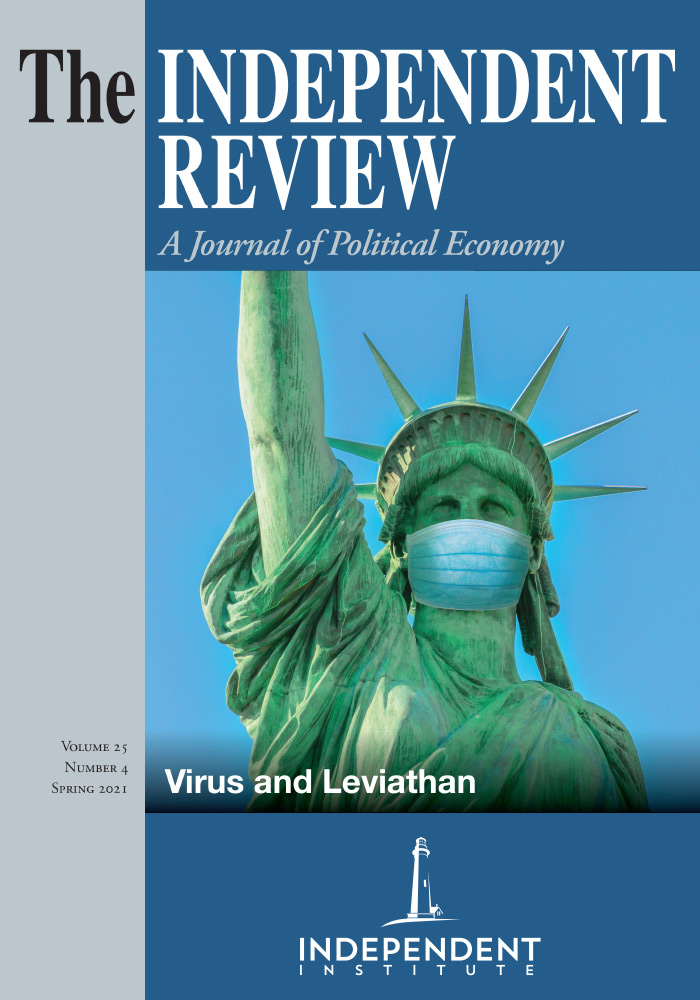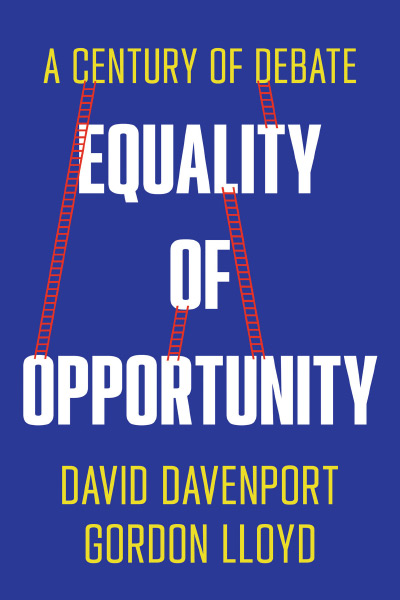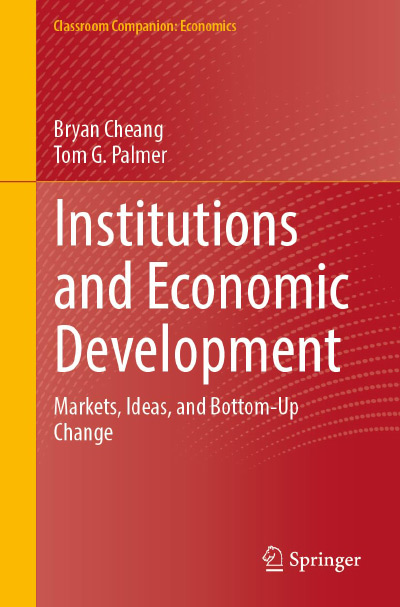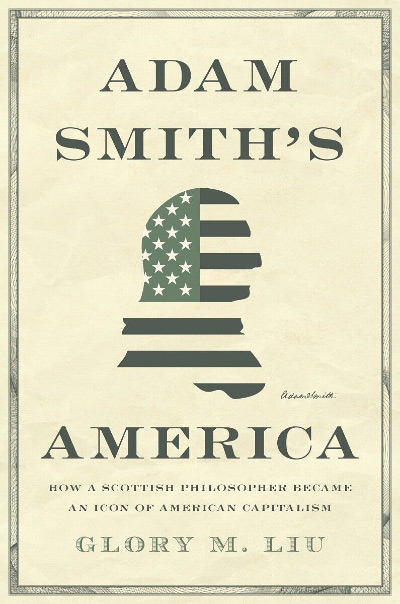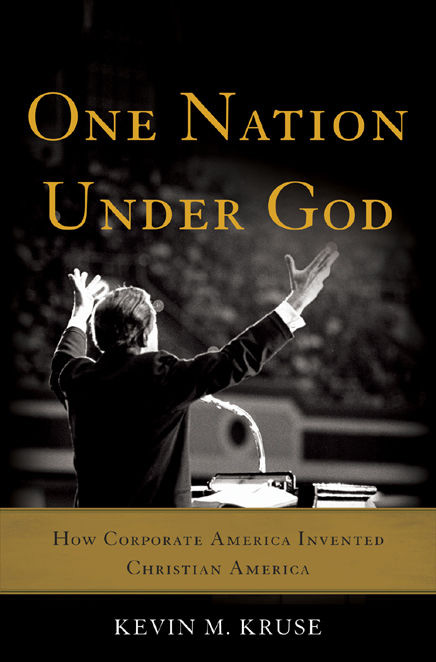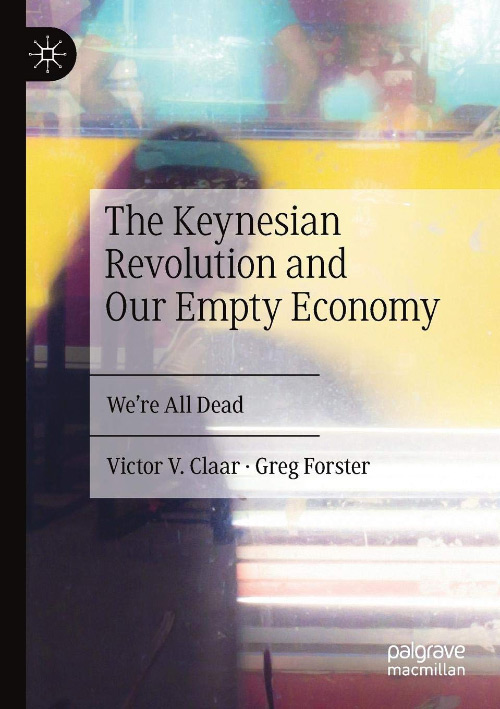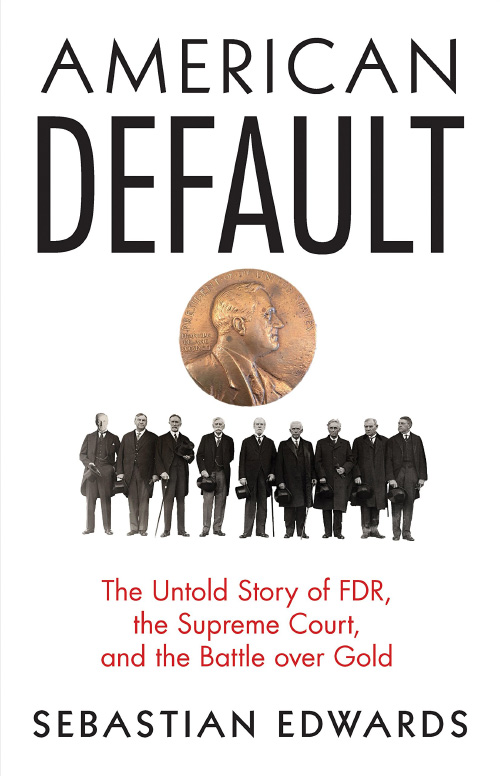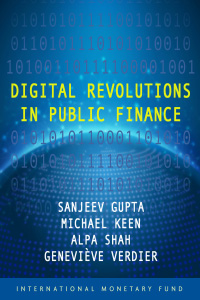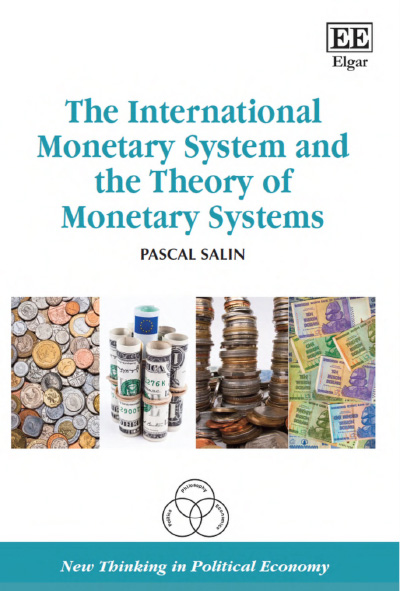Eyja M. Brynjarsdóttir is a professor of philosophy, with research on social ontology, in specific fields such as the metaphysics of gender and feminism. She has no training on economics or history. As always, it is reasonable to expect a book to build on the author’s expertise, not on unfamiliar things. For our author, an interest in money arose from the debacle of the banking system in her native Iceland during the financial crisis of 2008 and the fact that “the Icelandic State was legally responsible for the debts of financial institutions that were considered privately owned” (p. 2). Her stated purpose with the book is to answer abstract questions such as what money is and what financial value is, and concrete ones such as “how can all this value have been lost when we look around and see no change in the world?” (p. 2). Ultimately, the value of the book should be judged by how satisfactory its answers to those questions are.
The book is divided into two parts. The first part is on the Ontology of Money, with a brief historical account of the theories about the nature of money, and some philosophical discussions about money. The second part is about Money in the World and deals with “real world” examples of the uses of money in society, according to the author.
Every time I read a book, I start with the bibliography and the index, which helps me to situate the book in relation to sources and topics I have seen before.
In the bibliography, there is no reference to Ludwig von Mises, John Maynard Keynes, Friedrich A. Hayek, Milton Friedman, or, if I can indulge in some self-promotion, L. Zelmanovitz’ The Ontology and Function of Money (2015, same publisher as this book). For a book that intends not only to answer the question of what money is, but also to explain the operations of money in the world, that was not a very promising start.
In the index, in spite of having a reference to Georg Simmel, there is no reference to the concept of intersubjectivity. There are no references to medium of exchange, indirect exchange, or catallactics in the index either. As we will see, these flaws compromise the fulfilment of the book’s intended purpose.
The author describes her research not as one on monetary history but one on the history of ideas about money (my words). She disputes that there is much to be learned from discussions about the origins of money, not only because the little we know about those origins is speculative, but also because that would be a kind of genetic fallacy (my words), since the origin of something does not necessarily explain its current nature or function (p. 7).
After discussing some methods to assess what money is, such as focusing on its physical properties, she decides for a “functionalist” approach (p. 10) and goes on to discuss the commodity theory, the state theory, and the credit theory of money.
In the one page dedicated to Carl Menger’s theory, the author argues that it is a “commodity” theory of money. That, of course, is a misunderstanding; Menger’s theory is a “catallactic” theory. Menger’s thesis is about the spontaneous origin of money, not about the fact that at its origin, money was likely one commodity or another. Once that is accepted, the “challenge” to the supposed commodity theory of Menger posed by the commonality of people accepting instruments without intrinsic value as media of exchange (p. 11) can be put aside.
Next, the “State Theory” of money is presented as a theory of “collective acceptance.” There is no discussion about the utility provided to money holders by using whatever the people with guns tell them to use as an instrument for their indirect exchanges. No discussion either about the fact that it is that utility and not the decree of the state that defines what the value of money will be, as the innumerable instances in which state money lost its value have shown. To be fair to the author, she is puzzled by the fact that there are circumstances in which people use things that are not sanctioned by the state as instruments for their indirect exchanges, which invalidates the general application of the State Theory.
Thirdly, the author presents the credit theory of money, referring to claims by David Graeber and Alfred Mitchell-Innes that the nature of money is debt to the state. Again, to be fair, she acknowledges that in this sense there is a connection between the state theory and the credit theory (p. 13).
This is followed by a brief description of the discussion about money as a social construct by John Searle, which describes the evolution in Searle’s thinking about the possibility of having something recognizable as money even if there is no currency (p. 17). Perhaps if she had not dismissed monetary history so harshly, she would have recognized the concept in Luigi Einaudi’s “Imaginary Money from Charlemagne to the French Revolution” (in Rivista di Storia Economica, 1936).
Following that, Brynjarsdóttir describes some “alternatives” to Searle’s “Collective Acceptance.” She correctly understands Searle as saying that “collective acceptance” needs to be imposed by some authority (p. 18), that it cannot evolve spontaneously by individual intentionality, thus confusing collective intentionality with collective acceptance. For that, she brings in some critics of Searle. She would have done better, had she brought Steven Horwitz’s “Language, Monetary Exchange, and the Structure of the Economic Universe: An Austrian-Searlean Synthesis” (chapter 5, in Economics and the Mind, New York: Routledge, 2009). You can easily work under Searle’s framework of physical and social realities disregarding his requirement of collective intentionality for the creation of institutional facts.
The author concludes her first chapter with psychological theories about money. She distinguishes two categories for those theories: the theories that see money as a “tool” to achieve other ends and the theories that see the appeal of money to man as a “drug,” in which there is a desire for money for its own sake. Unfortunately she fails to recognize that pursuing money as a tool is rational in a society with division of labor. As Hayek wrote (“The Use of Knowledge in Society,” American Economic Review, September, 1945, 528), if society had not developed the use of money, our civilization, if we had one, would be completely different, probably something like the “state of termite ants.”
There are also some superficial discussions of money in Aristotle (without reference to the contradiction between recognizing that money provides a liquidity service and being against its remuneration), and on the discussions between John Locke and William Lowndes about the recoinage of silver in 1695 in England—without bringing in the broader context of the negative impact that debasing the currency would have had for the nascent institutions of modern finance.
In a section on Simmel (p. 36), on one hand she points out the purely abstract “ideal” money he envisaged, and his understanding of money as an integral part, a symbol even, of modernity. On the other hand, first, she considers his theory of money value as “subjective” (when his most important contribution to this field is the recognition of money value as “intersubjective”). Secondly, there is no discussion of another essential aspect of Simmel’s philosophy of money, that is, his insight about the evolving nature of money, from more concrete to more abstract, and ultimately, to purely abstract forms. Thirdly, there is no discussion about how money is linked to modernity, the main theme of Simmel’s general philosophy and sociology. Finally, the author remains puzzled by the fact that money provides “liquidity services” that create a “demand for money,” which corresponds to the existing stock of money in society. For Simmel, that was such a basic fact, that does not require much elaboration; for our author, apparently, the realization of that will still come as a revelation.
The chapter on “is it real?” (p. 45) proposes a discussion about different meanings in which money may be considered “real.” It begins questioning, rhetorically, whether social constructs are real, and the first disjunction discussed is between “real” and “fake,” regards counterfeiting. This is really a lost opportunity to discuss ontological realism, which in a book written by a philosopher is really a pity. It would be useful to have here a discussion about “mild-realism”, one in which the claims that “Roman Legions did not exist, only legionaries” and “if the legions did not exist, how come they got that nice empire of theirs?” could be reconciled. Her discussion about “fake” money as one not endorsed by the authorities misses an opportunity to discuss privately issued cryptocurrencies. Her discussion about banking fraud misses an opportunity to discuss inflation in general. That is, what difference does it make if the one creating “money” out of nothing, by typing on a keyboard, is a counterfeiter or a central banker?
There is an entire section dedicated to subjectivism (p. 48). The discussion is long and covers a broad variety of perspectives, such as ethical assessments and the sense in which subjective properties are “euthyphronic”. However, the topic of discussion is the subjectivism of money value and there is scant discussion of that in the chapter. In any economic transaction, there is my subjective evaluation that is different in value than the subjective evaluation of my counterpart, and there is an intersubjective evaluation that is formed, as the economic agents interact, by the sum of all those subjective evaluations of the traders. There is not a single line about that in the chapter.
In part II on Money in the World, one would be disappointed if expecting to find a discussion about how Iceland found itself in a pickle after the collapse of its financial system in 2008. The entire discussion is about income inequality (which includes a discussion about unconditional basic income schemes), market relations versus things that ought to be left for other forms of relationships (with nasty and unfair things to say about Gary Becker), meritocracy (which she judges as unfair as rules of inheritance), a discussion about equality of opportunities and equality in the face of the law, and then, of course, feminism and climate change.
She concludes the chapter on “Women and Money” (p. 129) claiming to have discussed the relationship of women with money when, in fact, she did nothing of that. She makes statements about the distribution of income, job market conditions, social status, marriage symbolism, inheritance, and more. All of these involve money as any other institutional arrangement in a monetary society would, but they have nothing to do with money directly.
The Conclusion summarizes previous claims. By referring to “collective acceptance,” the “Generally Accepted Medium of Exchange” concept of money (p. 131) is accepted, without further elaboration. She also points out the evolutionary character of money, but makes no attribution to Simmel (p. 133). In regard to the value of money, she acknowledges the subjective source of economic value of money (p. 132), but does not extend such insight to all economic goods, nor does she take the next logical step in recognizing the value of economic goods, including money in society as “intersubjective,” a good indication that she has not read Simmel’s Philosophy of Money with the attention it deserves. That would have saved her from the embarrassing conclusion of the book when, in the final paragraphs (p. 134), she states that money has an ambiguous ontology, both subjective and objective, when, in fact, the “objective” character perceived is the sum of all the individual subjective evaluations, that is, the “intersubjective” value of money.
| Other Independent Review articles by Leonidas Zelmanovitz | |
| Spring 2023 | Commodities as an Asset Class: Essays on Inflation, the Paradox of Gold and the Impact of Crypto |
| Winter 2021/22 | Understanding Money: Philosophical Frameworks of Monetary Value |
| Spring 2020 | The Mirage of Democratic Excesses: Hayek’s Law, Legislation, and Liberty |

